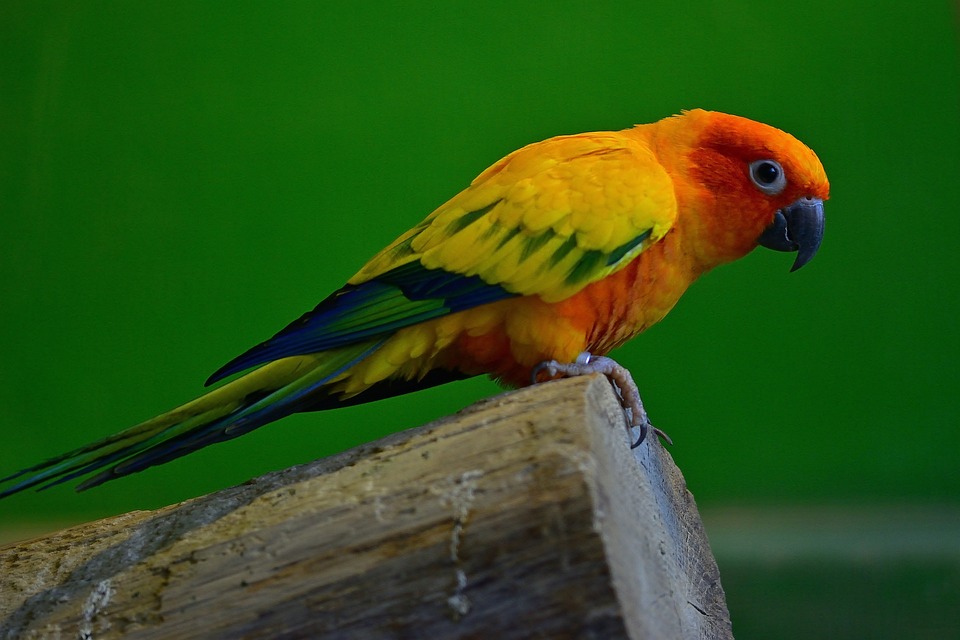Parrots are intelligent creatures that can bring joy and companionship to their owners. However, they can also be prone to biting when they feel threatened, fearful, or frustrated. As a parrot owner and trainer, it is important to understand why parrots bite and to learn effective techniques to discourage this behavior during training sessions. By doing so, you can create a harmonious and productive training environment for both you and your feathered companion.
One of the main reasons why parrots bite is fear or a perceived threat. Parrots are prey animals by nature, and they may resort to biting when they feel scared or threatened. This can happen when they encounter unfamiliar objects, loud noises, or sudden movements. It is important to create a safe and secure training environment for your parrot to minimize the likelihood of biting.
Another common reason for parrot biting is frustration or a lack of communication. Parrots may bite when they struggle to effectively communicate their needs or when they become frustrated during training sessions. It is important to recognize and address their communication challenges. By improving communication and understanding your parrot’s needs, you can reduce the chances of biting.
To discourage biting during training, there are several effective techniques you can utilize. Positive reinforcement is a powerful tool in parrot training. By rewarding desirable behaviors with treats, praise, or favorite toys, you can reinforce good behavior and minimize the likelihood of biting. Focusing on positive experiences will help create a trusting bond with your parrot and encourage them to engage in desired behaviors.
Gradual desensitization is another technique that can help minimize biting incidents. Introduce your parrot to potentially intimidating stimuli or situations gradually. By exposing them to controlled environments, you can help them overcome fear or perceived threats, reducing the chances of biting. This technique requires patience and consistency, as it may take time for your parrot to become comfortable with new experiences.
It is important to pay close attention to your parrot’s body language during training sessions. Signs of agitation, such as raised feathers, dilated pupils, hissing, or beak clicking, can indicate that biting may be imminent. Learning to read your parrot’s body language will help you intervene promptly and prevent biting incidents.
Consistency and patience are key when training parrots. Set clear boundaries and consistently enforce them. Patience is essential, as parrots may take time to grasp new concepts. Avoid rushing the training process, as this can lead to frustration and potential biting. By being consistent and patient, you can create a positive and successful training environment for your parrot.
Here are some frequently asked questions regarding parrot training and discouraging biting:
Q1: Can all parrots be trained not to bite?
A1: Yes, all parrots can be trained not to bite. However, the time and effort required may vary depending on the individual parrot’s temperament, history, and experiences.
Q2: Is punishment an effective method to discourage biting during training?
A2: No, punishment is not recommended when discouraging biting. Instead, focus on positive reinforcement techniques to promote desired behaviors and create a trusting bond with your parrot.
Q3: My parrot continues to bite despite my efforts. What should I do?
A3: If your parrot’s biting behavior persists, it may be beneficial to seek guidance from a professional avian behaviorist or an experienced parrot trainer. They can provide tailored advice and techniques to address the specific challenges you and your parrot are facing.
Q4: Are there any warning signs that my parrot is about to bite?
A4: Yes, parrots often display warning signs before biting. These may include raised feathers, dilated pupils, hissing, beak clicking, or body fluffing. Paying attention to these cues will allow you to take appropriate measures to prevent biting incidents.
By following these techniques and understanding your parrot’s behavior, you can create a positive and successful training environment, minimizing biting incidents, and fostering a strong bond with your feathered friend. Remember, patience, consistency, and positive reinforcement are key to successful parrot training.









